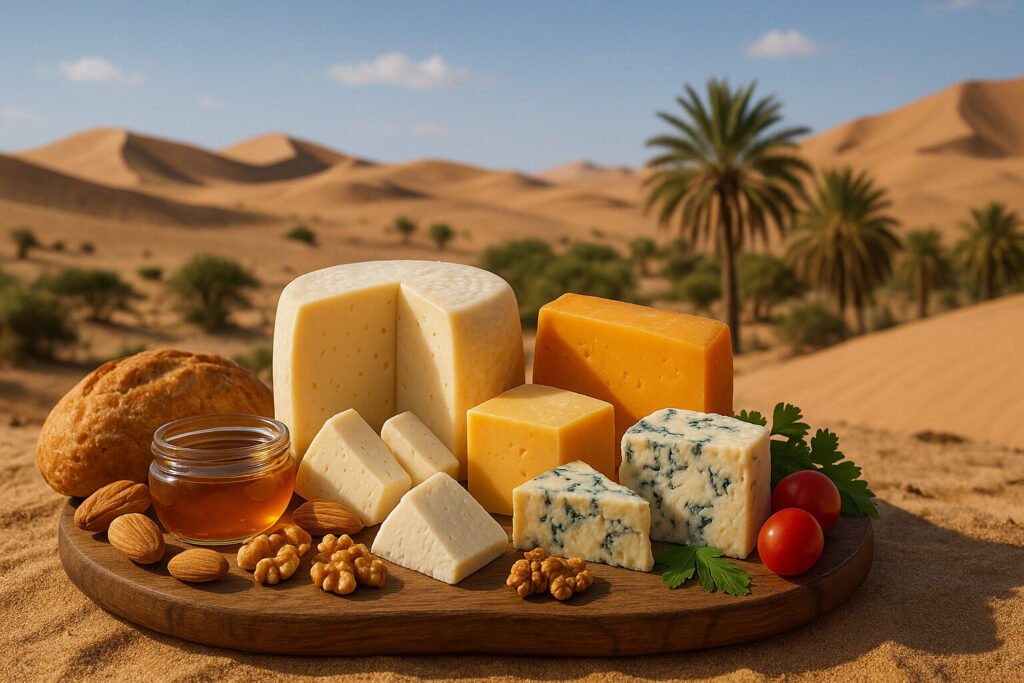Cheese Of Gulf Cooperation Council
Definition and Scope
Cheeses of the Gulf Cooperation Council refer to dairy products traditionally produced in Bahrain, Kuwait, Oman, Qatar, Saudi Arabia, and the United Arab Emirates. These cheeses are adapted to the hot climate and culinary traditions of the Arabian Peninsula. They often utilize cow, goat, or sheep milk and are typically brined or fresh styles.
The scope includes both artisanal varieties made in homes or small farms and modern industrial productions. These cheeses are integral to local diets and are consumed daily, often with bread or dates. Their characteristics are shaped by the need for preservation in a region with historically limited refrigeration.
Production Methods
Traditional production involves curdling milk using animal rennet or acidic substances like lemon juice. The curds are often drained in baskets, resulting in a soft, moist texture. Salting is a critical step, frequently achieved through immersion in brine solutions which also act as a preservative.
Modern facilities employ pasteurization and controlled fermentation for consistency and food safety. The aging process is generally short due to the preference for fresh, young cheeses. Some varieties may be spiced with local ingredients such as black cumin or chili before being stored.
Sensory Profile
GCC cheeses typically exhibit a mild, milky, and slightly salty flavor profile. Their texture ranges from soft and spreadable to semi-firm and crumbly. The brine-preserved types have a characteristic tang and a moist, sometimes squeaky, consistency.
Aromas are generally clean and lactic, without the strong pungency of aged European cheeses. The color is usually white to off-white, as these cheeses are not typically colored with annatto. The taste is designed to be versatile, complementing both sweet and savory local dishes.
Uses and Applications
These cheeses are primarily used as a table cheese, served for breakfast or as part of a mezze spread. They are commonly eaten with khubz (Arabic flatbread) and accompanied by olives, tomatoes, and cucumbers. Their mild saltiness makes them a popular filling for pastries and sandwiches.
In cooking, they are used in baked dishes, salads, and as a topping for manakeesh. Their excellent melting properties make them suitable for cooked recipes. They are rarely used in dessert applications due to their savory and salty character.
Regional Examples
Jibneh Arabieh is a common white brined cheese found throughout the GCC, known for its mild saltiness and firm yet springy texture. In Saudi Arabia, a popular fresh cheese is often made from cow’s milk and is similar to a farmer’s cheese. These are typically consumed within days of production.
Kuwait produces a brined cheese sometimes flavored with spices like mahleb or aniseed. The UAE and Oman have local variants that may include goat or sheep milk, giving a slightly sharper flavor. These regional specialties reflect local tastes and the specific livestock common to each area.

